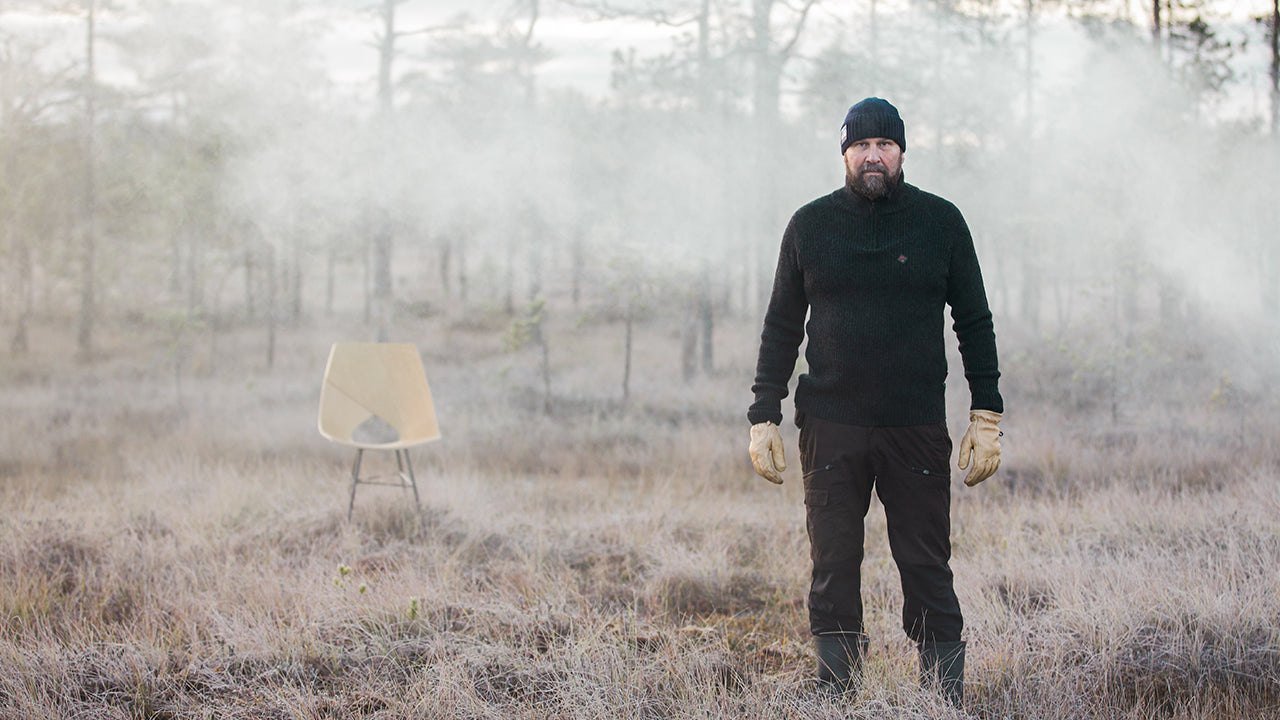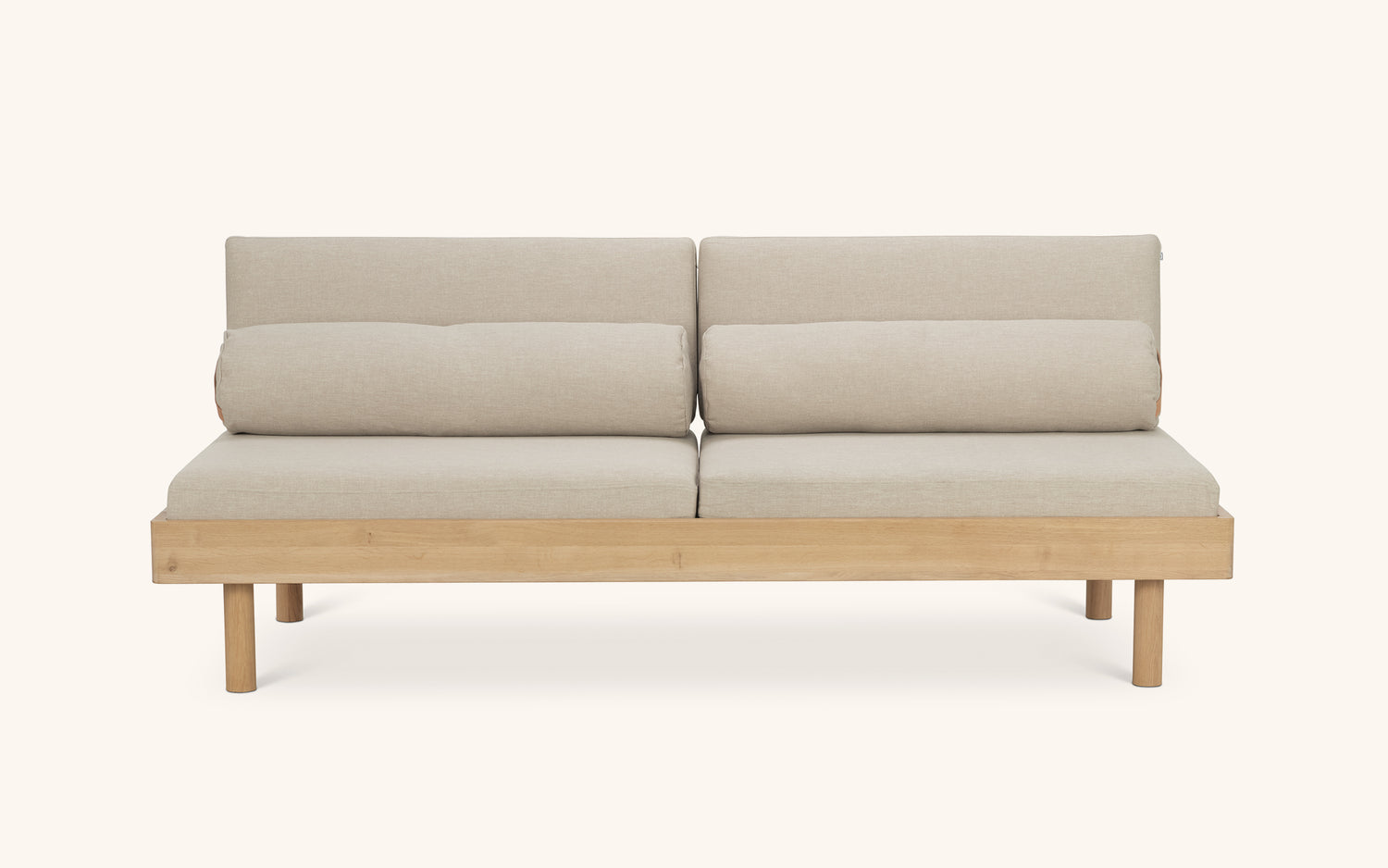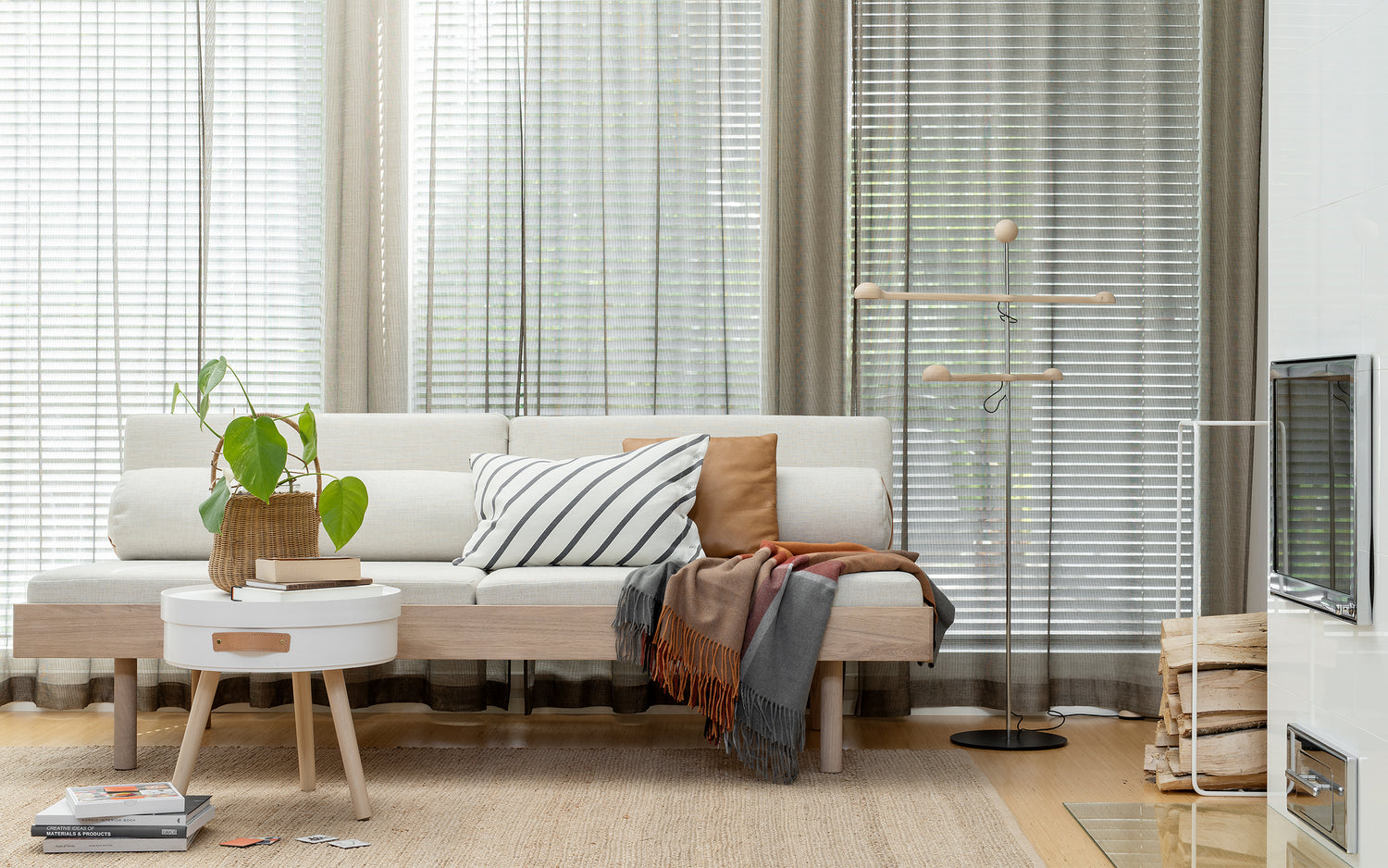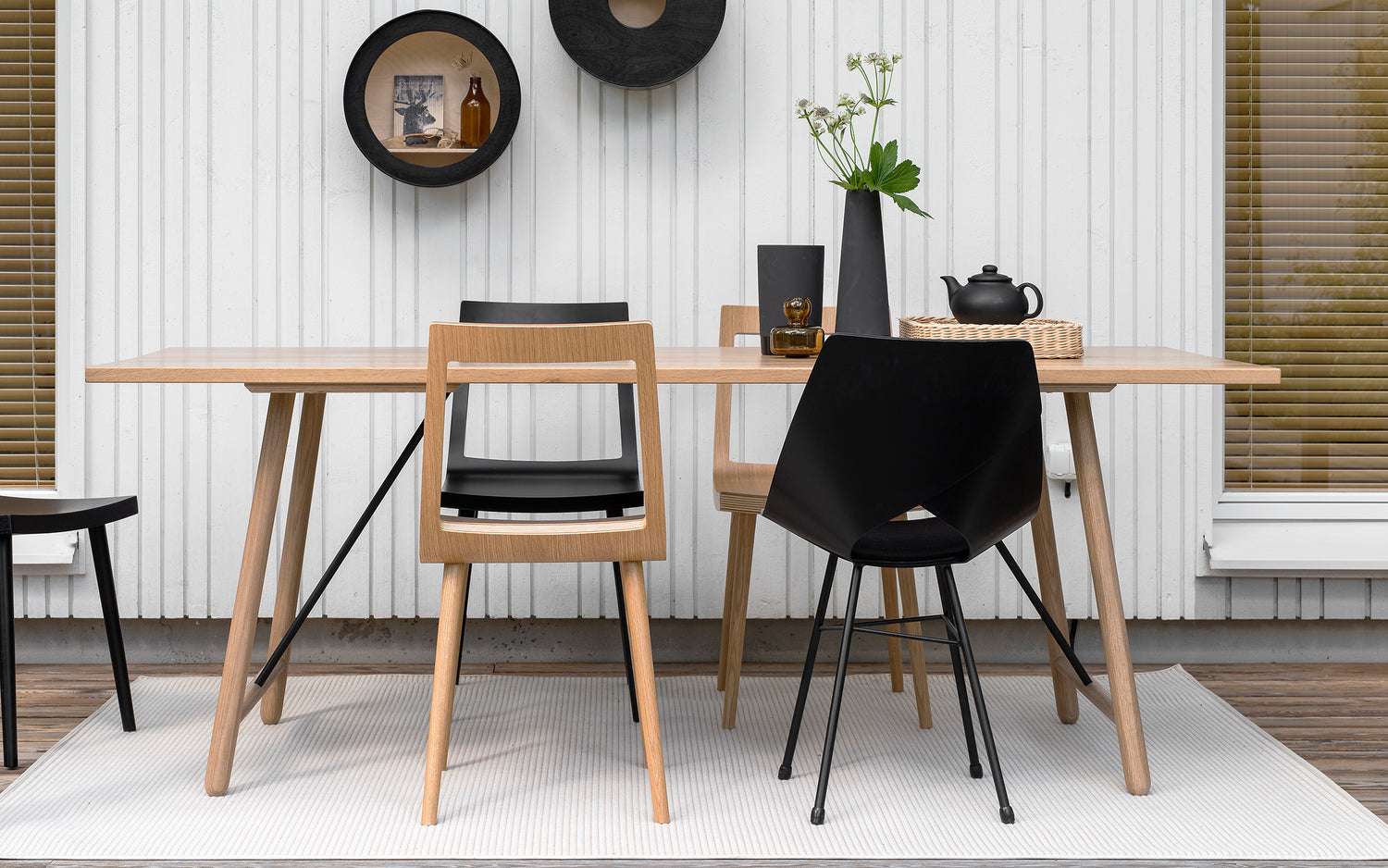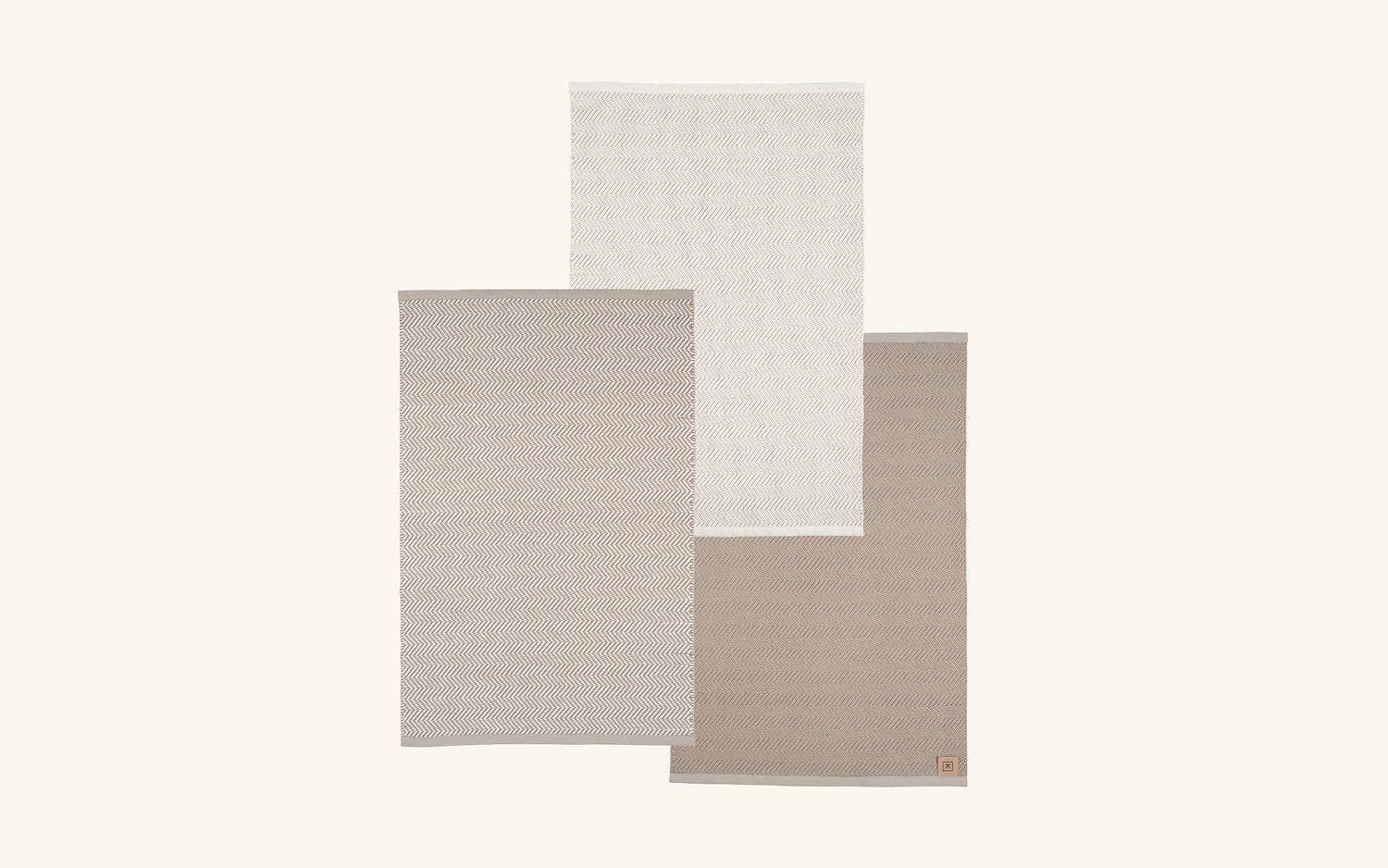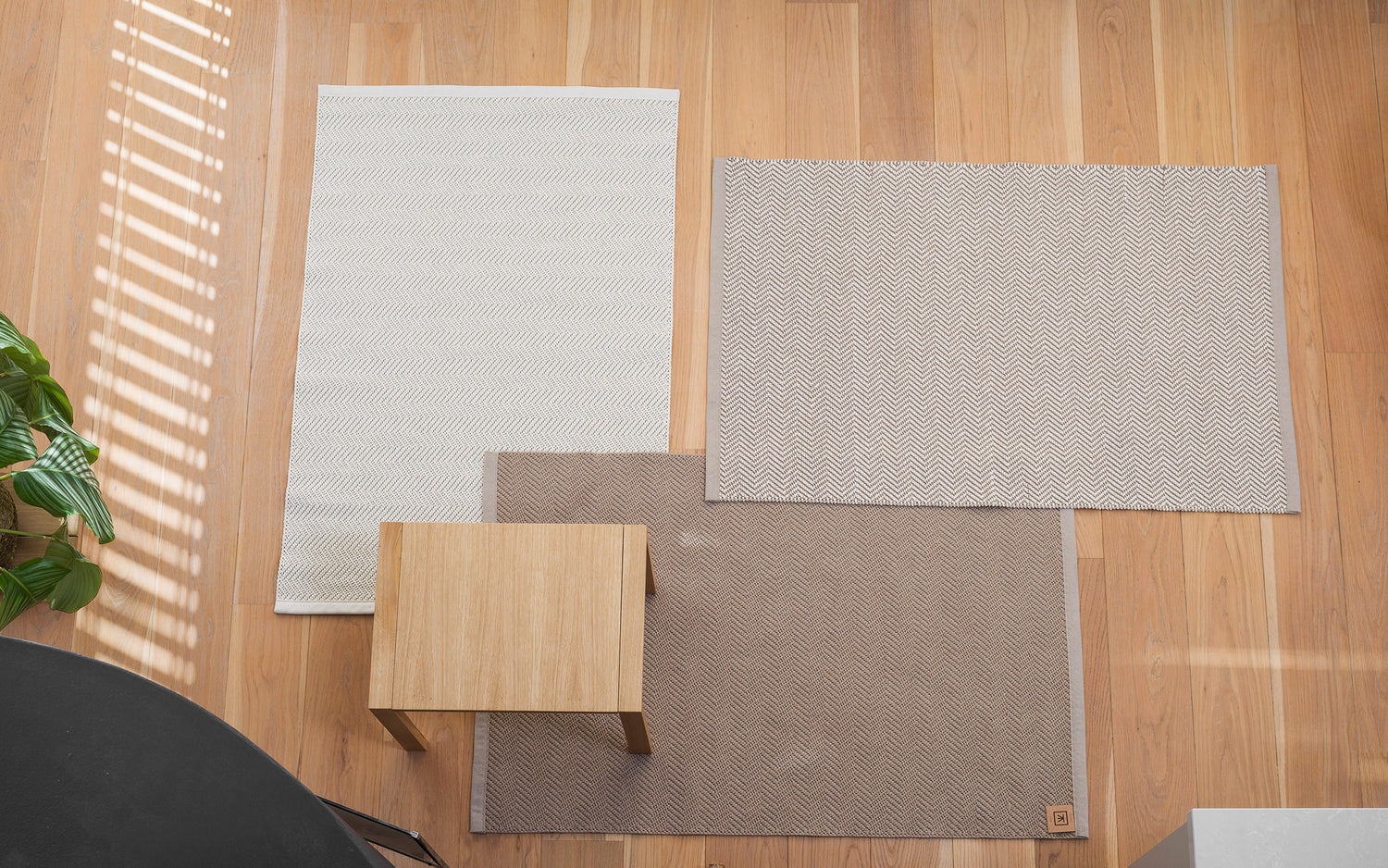Carbon footprint and offsetting
Calculating the carbon footprint of products and offsetting are straightforward actions. We want to do the calculation to learn where climate emissions come from throughout the life cycle of a product. We also obtain data to offset climate impacts. In this way, we aim to achieve a carbon-negative rather than a carbon-neutral footprint for our products. Read more about carbon footprint and offsetting > previous page.
Traditions
We respect Finnish traditions. Our ancestors used materials sparingly and objects were made to last over time and for generations. This was done in harmony with nature. We cannot go back to that time, but we can learn from it and take elements from it for our time. Scandinavian design has always been ecological. Materials were used sparingly, structures were light and forms were simple. Timelessness, longevity and the use of wood are characteristics associated with the Nordic style. We are firmly committed to these values and characteristics. We want to do our part to continue and develop this fine tradition.
Longevity
Longevity, or the long life cycle of a product, is the best form of sustainability. Clearly, it is better for the environment to use one product that lasts a long time than several less durable ones. Wooden furniture also acts as a carbon storage for as long as it is used. We use many means to achieve a long life cycle. Smart design is one of the most important. We strive to create multifunctional and timeless objects that stand the test of time, both visually and structurally. We also strive to make our furniture easy to maintain and its parts replaceable. A prime example of this is the removable upholstery on sofa beds. You can wash them, but if they are damaged, you can buy new ones without having to replace the whole sofa. We sell upholstery sets separately, either just the covers, mattresses or bedding.
Read more about how we make our products last longer on the previous page, or see our accessories > here.
Optimal use of materials
All our products are easy to dismantle, separate materials and recycle. Discussions often focus only on recycling. This is important, but it is equally important to consider the whole life cycle of a product comprehensively. In other words, recyclability alone is not enough if the product has a short life cycle and/or materials have not been used sparingly. In all our products, we pay attention to the optimal use of materials, minimising waste and designing structures that are smart and lightweight.
Our main material is wood, which has many sustainability features, more details > here.
Responsible manufacturing
Responsible manufacturing involves analysing and learning from processes. Calculating our carbon footprint is an essential part of this learning process. Manufacturing always consumes energy. It is therefore important not to manufacture anything unnecessary, but to make products that are necessary and sustainable. Products are made in serial production, where working methods and steps are optimised to use as little energy as possible. In this way, the carbon footprint of a single product is kept lower than if it were manufactured individually. Our network currently includes several manufacturers in Finland, Estonia, Latvia and Lithuania. For each product, we consider which of our manufacturers has the most suitable equipment and expertise to produce that product. Our manufacturers source the raw materials for our products mainly from European producers and wholesalers.
Transport
All transport uses energy and generates emissions. A key factor in reducing these is how much product you can fit into each transport. The more products that can be transported at once, the smaller the carbon footprint of each product. We pay particular attention to this from the early design stage. Our slender style and design also make our products light, which is good for transportation and energy consumption. From the very first drafts, we think about how the products will be packaged. For responsible transport, it is essential that the products are packed in the most space-saving way possible. This even applies to our sofa beds. In addition, the design must take into account the dimensional standards of the transport industry so that the packages fit optimally into the means of transport.
Design
It's all about responsible and sensible design, where the whole life cycle of the product is considered from the very beginning of the process. Read more about our design > here.
Commitment to development and learning
The world is constantly changing. New knowledge, materials and manufacturing methods are constantly emerging and conditions can change rapidly. New tools and programmes are emerging to monitor and improve sustainability. Design is not an island unto itself, but should adapt to and provide solutions for a changing world. We pledge to commit to improving our practice. We want to improve the various aspects of our business to become more and more responsible. We will monitor the sustainability data of our products and make changes and take action quickly when the situation requires it. Our learning process is continuous. In addition to our own responsibility, we also seek to make a difference at a general level, for example by raising consumer awareness.

